MITberg
 This month we report work by Alan Condron (UMass) using MITgcm, coupled with geological data, to show that massive icebergs and large volumes of meltwater were periodically transported along the east coast of North America as far south as southern Florida during the last deglaciation
This month we report work by Alan Condron (UMass) using MITgcm, coupled with geological data, to show that massive icebergs and large volumes of meltwater were periodically transported along the east coast of North America as far south as southern Florida during the last deglaciation
Getting to the Bottom of Greenland’s Glaciers
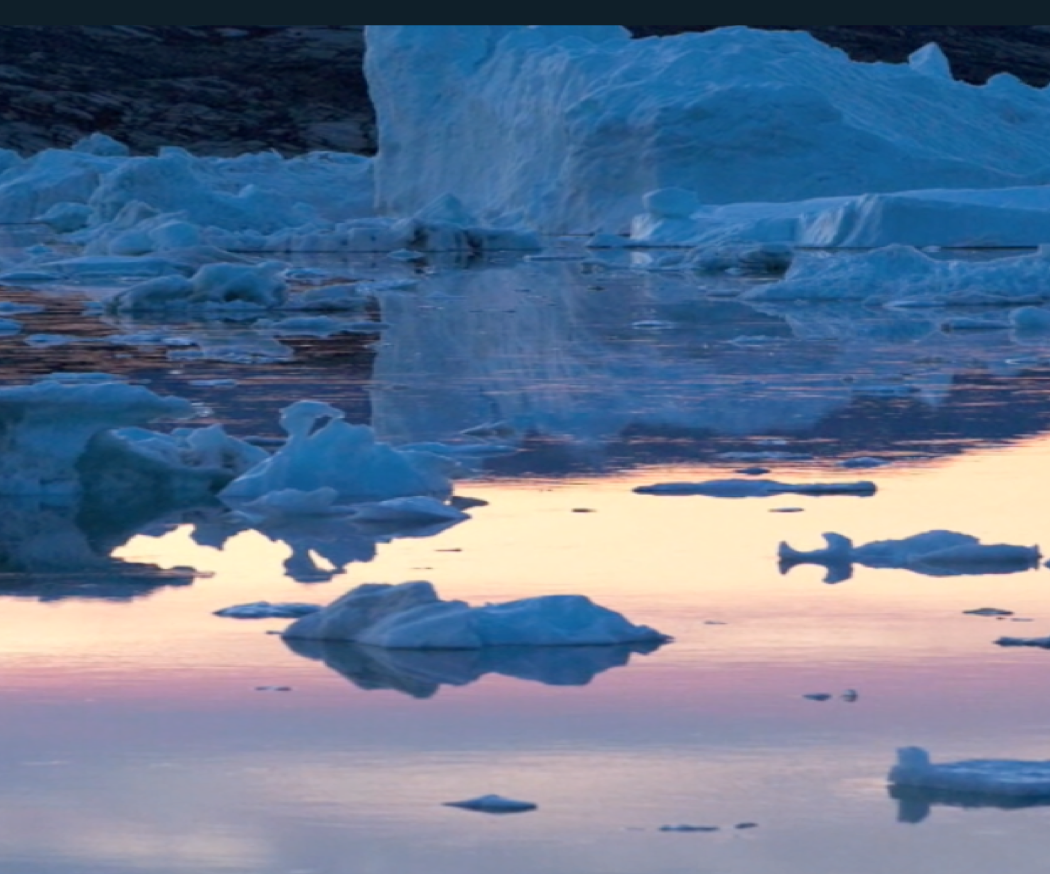 MIT postdoc Roberta Sciascia has been using MITgcm to explore the variations in submarine melt rate of Helheim Glacier induced by glacier and intermediary circulations.
MIT postdoc Roberta Sciascia has been using MITgcm to explore the variations in submarine melt rate of Helheim Glacier induced by glacier and intermediary circulations.
Connecting the Dots with MITgcm
 This month we look at new work exploring whether high resolution MITgcm tracer simulations can help “connect the dots” in the sparse sampling problem associated with observing the evolution of released dye in a shallow sea.
This month we look at new work exploring whether high resolution MITgcm tracer simulations can help “connect the dots” in the sparse sampling problem associated with observing the evolution of released dye in a shallow sea.
Snowballs in Summer
 Cool off with a study from Ashkenazy, Gildor, Losch and Tziperman who use MITgcm to explore the ocean in models of snowball earth.
Cool off with a study from Ashkenazy, Gildor, Losch and Tziperman who use MITgcm to explore the ocean in models of snowball earth.
Phytoplankton Diversity versus Productivity in the Ocean
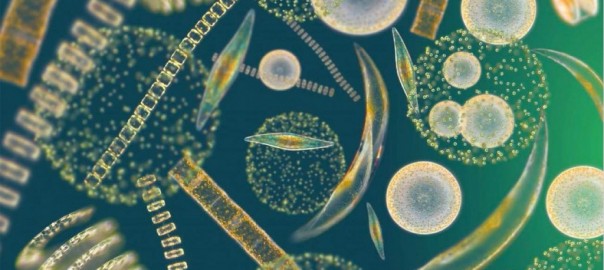 In new work published in Nature Communications in July, an international team of scientists from the Massachusetts Institute of Technology and the Institute of Marine Sciences of Barcelona, Spain in collaboration with the National Centre for Scientific Research, France have been using MITgcm to study the balance between phytoplankton diversity and productivity.
In new work published in Nature Communications in July, an international team of scientists from the Massachusetts Institute of Technology and the Institute of Marine Sciences of Barcelona, Spain in collaboration with the National Centre for Scientific Research, France have been using MITgcm to study the balance between phytoplankton diversity and productivity.
MITgcm: Ready for Prime Time
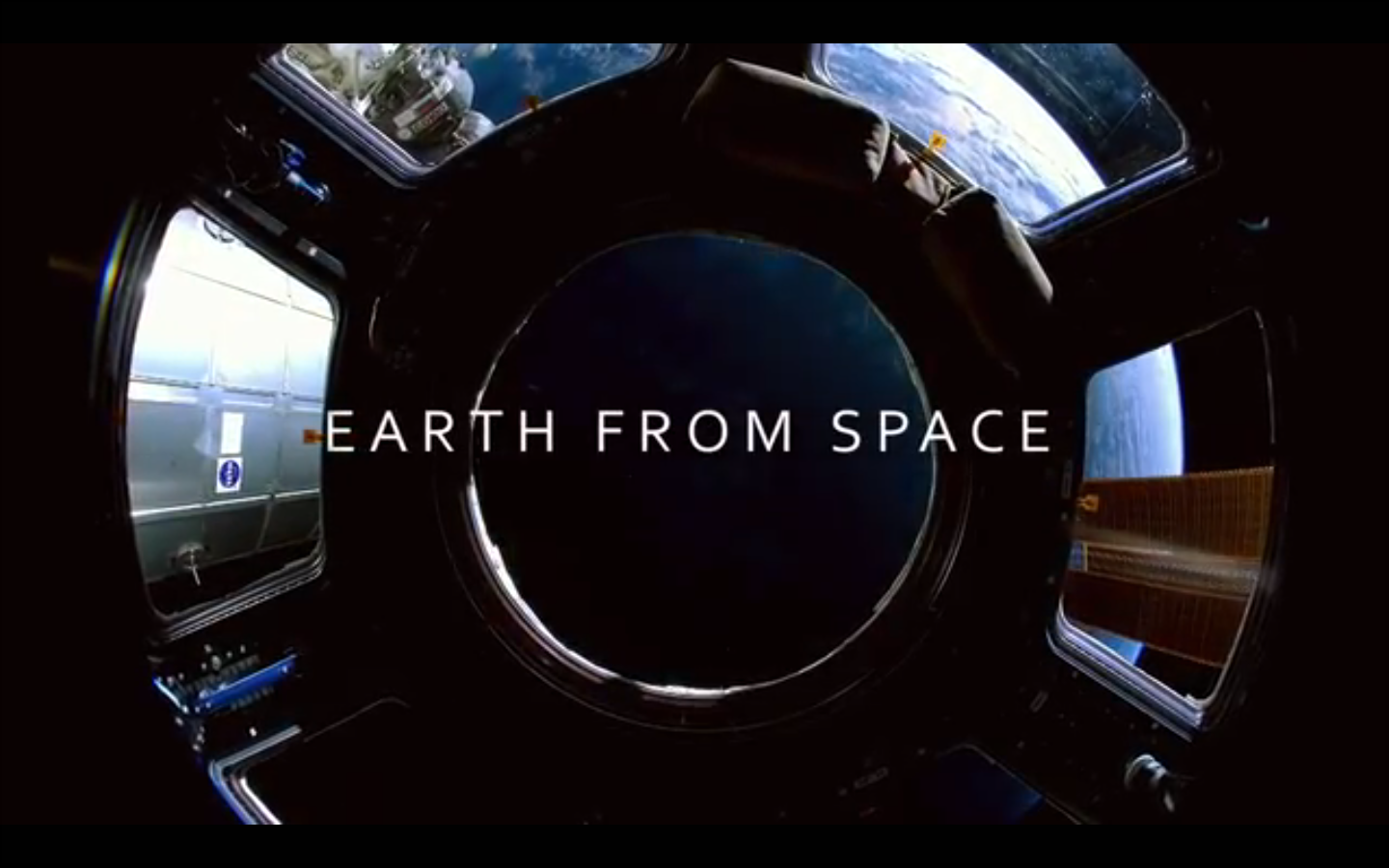 For anyone who has ever wrestled with vizualising output from MITgcm, Earth from Space, the stunning new documentary from PBS’s NOVA series demands serious respect.
For anyone who has ever wrestled with vizualising output from MITgcm, Earth from Space, the stunning new documentary from PBS’s NOVA series demands serious respect.
Mixing it up in the Southern Ocean
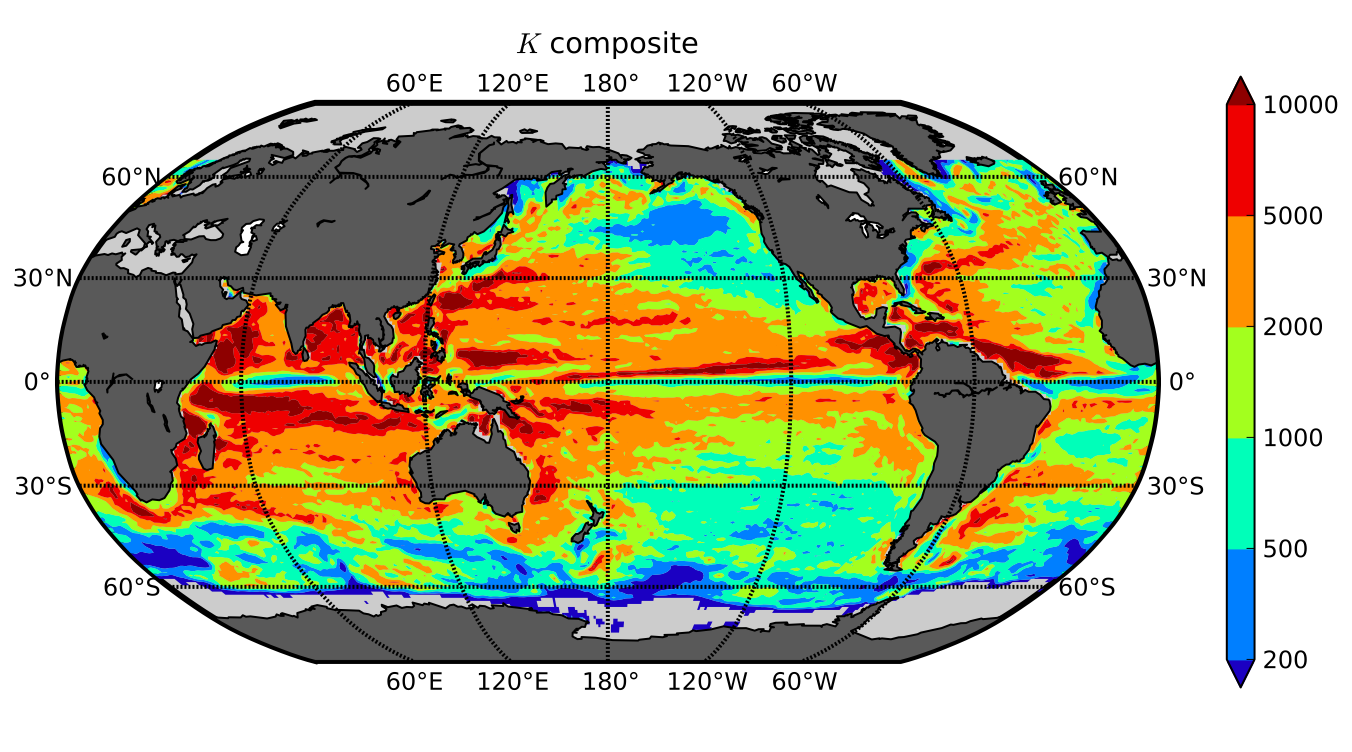 This month we spotlight work by Ryan Abernathey who has been using MITgcm to map surface mixing rates globally.
This month we spotlight work by Ryan Abernathey who has been using MITgcm to map surface mixing rates globally.
Sea – Ice Interplay
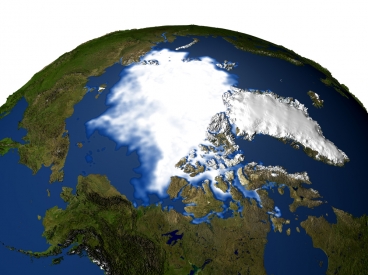 In a novel approach, MITgcmers Ian Fenty and Patrick Heimbach use optimal state and parameter estimation to improve the sea-ice simulations.
In a novel approach, MITgcmers Ian Fenty and Patrick Heimbach use optimal state and parameter estimation to improve the sea-ice simulations.
Overflowing with Movies
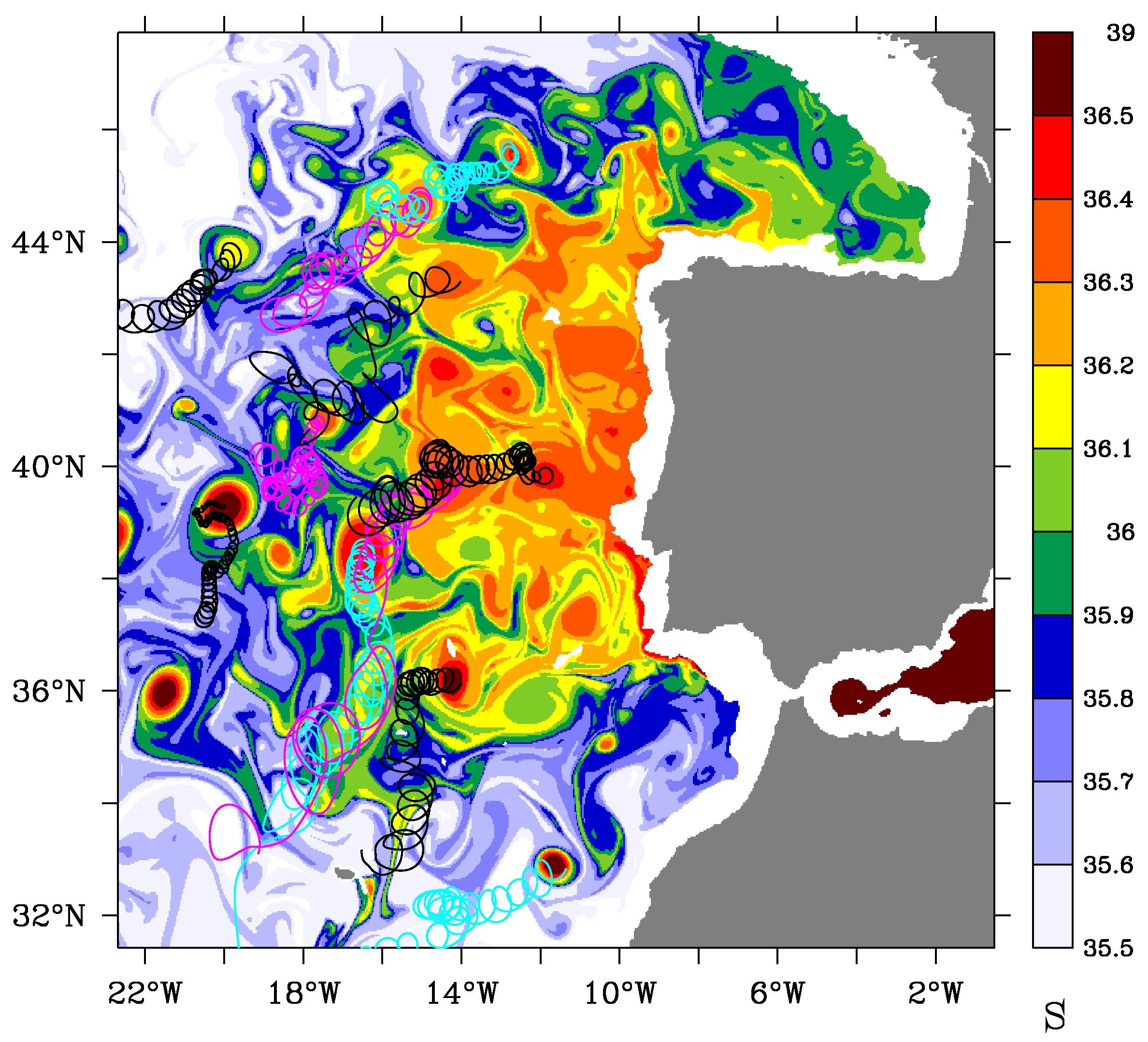 Nuno Serra from the University of Hamburg has used MITgcm in many ocean modeling projects, both from a process-modelling perspective and “realistically”, incorporating forcing from NCEP and ECMWF. He is especially interested in the processes regulating North Atlantic and North Pacific inter-annual to inter-decadal variability. A particular passion is overflows.
Nuno Serra from the University of Hamburg has used MITgcm in many ocean modeling projects, both from a process-modelling perspective and “realistically”, incorporating forcing from NCEP and ECMWF. He is especially interested in the processes regulating North Atlantic and North Pacific inter-annual to inter-decadal variability. A particular passion is overflows.
MITgcm on Ice
In a recent paper in the Journal of Physical Oceanography, An Nguyen (MIT) and co-authors Ronald Kwok (JPL) and Dimitris Menemenlis (JPL) report on work using MITgcm to better understand the origin and character of the western arctic, upper halocline.
